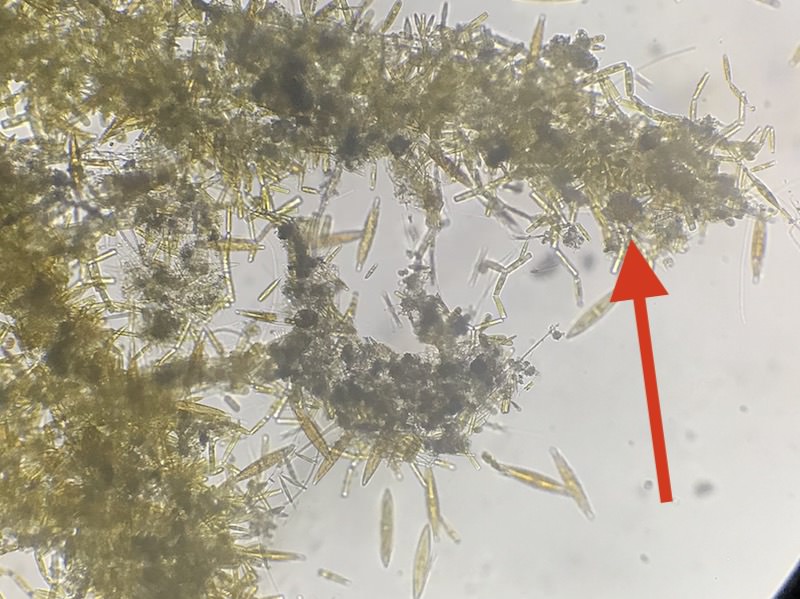- Joined
- May 22, 2018
- Messages
- 51
- Reaction score
- 16
Sup, guys?
I’ve been battling amphidinium and ostreopsis on my Biocube 29 for a few months now. With advice from people on this forum, I started dosing NO3 and PO4, and SI. I removed all my media and additives, I’m only running filter floss. I purchased a UV sterilizer and that seemed to kill off all the brown stringy stuff on the rocks, but getting rid of the brown rust stuff on the sand has been more of a challenge. Last week, I did my first water change in over 4 weeks or so. Ive removed about half of my sand within the past few weeks. I’m not sure what happened, but as of this past Monday I have yet to see any brown spots on my sand. My question is, what should my next move be? Do I still hold off on water changes?
I’ve been battling amphidinium and ostreopsis on my Biocube 29 for a few months now. With advice from people on this forum, I started dosing NO3 and PO4, and SI. I removed all my media and additives, I’m only running filter floss. I purchased a UV sterilizer and that seemed to kill off all the brown stringy stuff on the rocks, but getting rid of the brown rust stuff on the sand has been more of a challenge. Last week, I did my first water change in over 4 weeks or so. Ive removed about half of my sand within the past few weeks. I’m not sure what happened, but as of this past Monday I have yet to see any brown spots on my sand. My question is, what should my next move be? Do I still hold off on water changes?



















